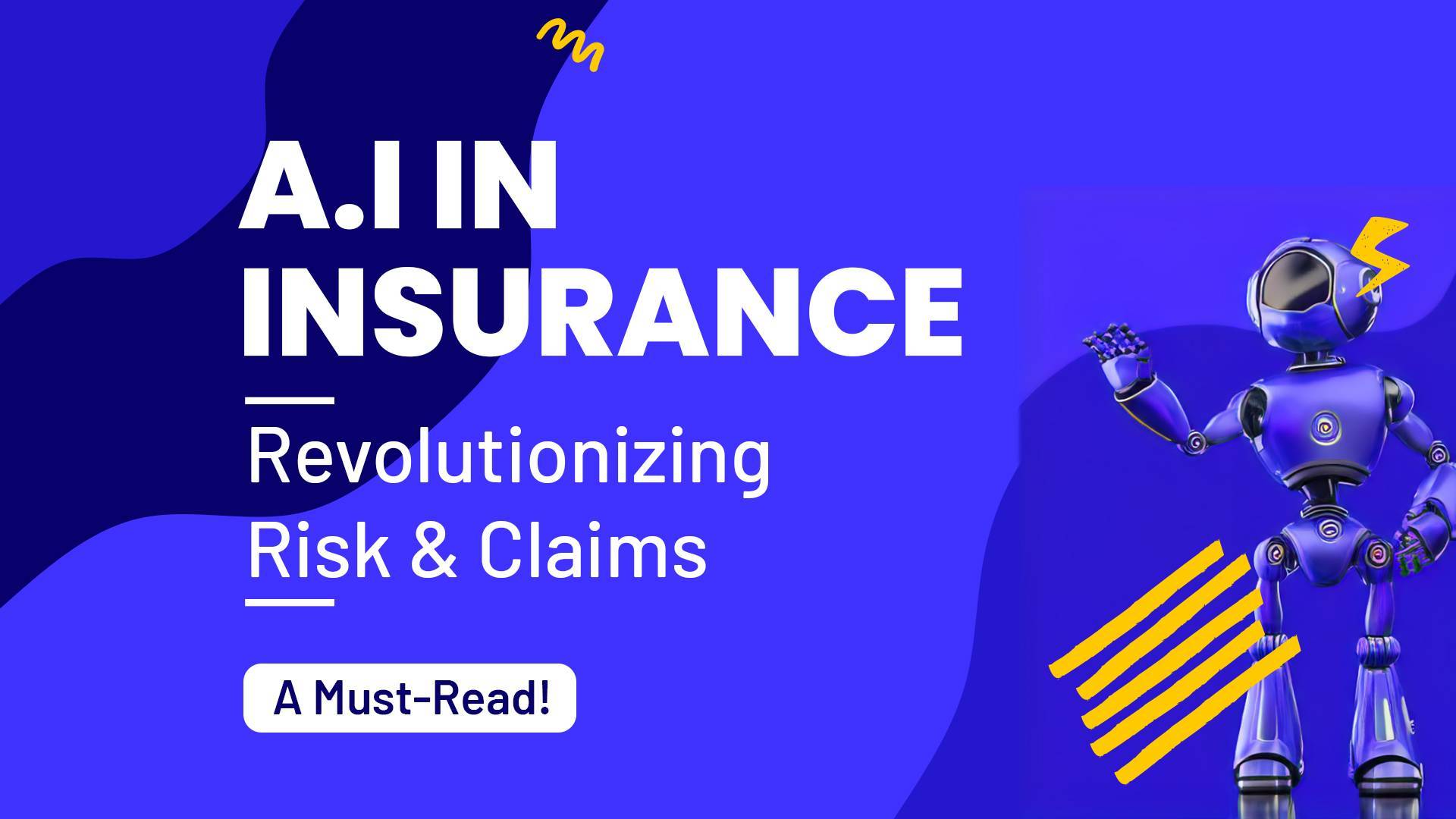In today’s competitive job market, finding and attracting top talent has become increasingly challenging. Traditional methods of assessing candidates based on years of experience are no longer sufficient predictors of core competencies. To bridge this gap, organizations are turning to skills taxonomies — an innovative approach that helps identify and acquire the skills necessary for each role.
In this blog post, we will delve into the concept of skills taxonomies, their benefits, and why they are crucial in today’s labor market.
What Is a Skills Taxonomy?
Skills taxonomies are comprehensive inventories that provide a detailed listing of the relevant hard and soft skills within your organization and industry. They cover a wide range of competencies, including interpersonal communication and technical skills. By adopting a skills-based approach, organizations can effectively identify, acquire, and manage the core competencies that drive success.
Why Does Your Organization Need a Skills Taxonomy? Maintaining up-to-date skills taxonomies for each role offers several benefits. Firstly, it helps organizations gain a deeper understanding of the specific skills required for each job, enabling them to identify skills gaps. Additionally, skills taxonomies simplify the process of writing accurate job descriptions, finding qualified candidates, and designing strategic upskilling and reskilling programs.
As the job market continues to evolve rapidly, skills taxonomies become even more critical. According to the 2023 Workplace Learning Report, almost 90% of learning and development professionals emphasize the importance of proactively upskilling and reskilling employees to navigate the future of work successfully.
Implementing a Skills Taxonomy Framework: Creating a skills taxonomy framework involves the following steps:
- Catalog the Skills: Begin by identifying the role-specific skills and gradually move towards more general ones. For instance, a software engineer’s skills inventory might include coding, debugging, specific coding languages, communication, and teamwork.
- Determine Skills Clusters: Skills clusters are groups of related skills that are essential for successful job performance. Examples of skills clusters include teamwork, sales, and debugging. Clusters provide employees with a comprehensive picture of the specific skills they need to develop or enhance for their roles.
- Visualize the Skills Taxonomy: Visualize the skills taxonomy as a hierarchical structure, with main skills at the top and skills clusters as secondary skills beneath them. This visual representation helps in understanding the interdependencies and connections between skills.
Building a Skills Taxonomy for Success: A well-implemented skills taxonomy offers numerous advantages for organizations and employees:
- Accurate Assessments: Skills taxonomies enable more accurate assessments of job-candidate suitability, ensuring a better match between candidates’ skills and job requirements.
- Strategic Upskilling and Reskilling: With skills taxonomies, organizations can design aligned and strategic upskilling and reskilling programs tailored to specific roles. This empowers employees to acquire the skills necessary to excel in their jobs.
- Enhanced Workforce Planning: Skills taxonomies provide organizations with a clearer picture of their workforce’s skill sets and enable more intentional workforce planning. This ensures that the right skills are available at the right time.
- Objective Performance Evaluation: Skills taxonomies help reduce systemic bias in performance reviews and promotions by introducing objective guardrails based on specific skills and competencies.
Building a Meaningful Skills Taxonomy for Employees: To make the skills taxonomy meaningful and engaging for employees, organizations should focus on the following:
- Progress Toward Career Goals: Emphasize how developing skills identified in the taxonomy can help employees progress toward their career goals.
- Staying Up-to-date: Highlight how acquiring new skills keeps employees relevant in their fields and equips them with the latest industry knowledge.
- Personalized Learning: Offer personalized learning opportunities that align with employees’ interests and career aspirations.
By capitalizing on these opportunities, organizations can engage employees in ongoing workplace learning and development, thereby increasing motivation and retention.
Conclusion:
Skills taxonomies provide organizations with a structured and systematic approach to talent acquisition and development. By clearly defining the skills required for each role, organizations can better align their recruitment efforts, upskilling programs, and career development plans.
As the job market continues to evolve, skills taxonomies will become even more critical for navigating the future of work successfully. By investing in skills taxonomies now, organizations can equip their workforce with the right skills, driving growth and competitiveness in the ever-changing business landscape.










